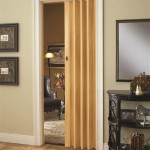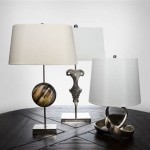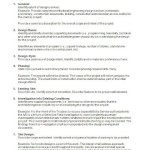Shape in Interior Design: An Essential Aspect for Creating Visual Interest and Impact
Shape is a fundamental element in interior design that significantly impacts the overall aesthetic and functionality of a space. It refers to the two-dimensional form or outline of an object or space, creating visual interest, highlighting focal points, and guiding the flow of movement.
There are numerous types of shapes commonly used in interior design, each with its unique qualities:
- Geometric shapes: These include squares, rectangles, triangles, and circles, often used for their clean lines and structured appearance.
- Organic shapes: Inspired by nature, these shapes are fluid and irregular, such as curves, spirals, and blots.
- Asymmetrical shapes: These shapes lack symmetry and create a sense of visual interest and movement.
- Negative space: The area around and between objects is as important as the objects themselves, creating a sense of balance and depth.
The intentional use of shape in interior design can achieve various effects:
- Establish focal points: Bold or unusual shapes can draw attention to specific elements, such as a statement piece of furniture or a striking light fixture.
- Create visual interest: By incorporating different shapes, designers can add depth and complexity to a space, making it more engaging to the eye.
- Influence mood: Sharp angles create a more dynamic and energetic atmosphere, while curved shapes promote a sense of comfort and tranquility.
- Guide movement: Shapes can be used to create a visual flow, directing people's attention and movement throughout a space.
- Define space: Shapes help define the boundaries and functionality of different areas within a room.
When selecting shapes for interior design, it is essential to consider the style, scale, and proportion of the space. Geometric shapes generally complement modern and contemporary styles, while organic shapes work well in organic and bohemian settings. The size and scale of shapes should be appropriate to the room's dimensions, avoiding overpowering or underwhelming the space.
Incorporating shape into interior design is a versatile and effective way to enhance the visual appeal and functionality of any space. By understanding the different types of shapes and their impact, designers can create dynamic and memorable interiors that captivate and inspire.

Geometry S Role In Interior Decoration

Tips For Working With The Seven Elements Of Design

Geometric Shapes Patterns In Interior Design Luxdeco

7 Elements Of Interior Design That Define And Refine Your Space Jd Institute Fashion Technology

How To Use Scale And Proportion In Interior Design Foyr

7 Principles Of Interior Design Era

Principles Of Interior Design Part 1 Balance

Balance How It Works An Interior Design Principle The Editor

The Definitive Guide To Use Line In Interior Design Foyr

Reasons To Be Of Popular Geometric Patterns In Interior Design Trends Kadva Corp








